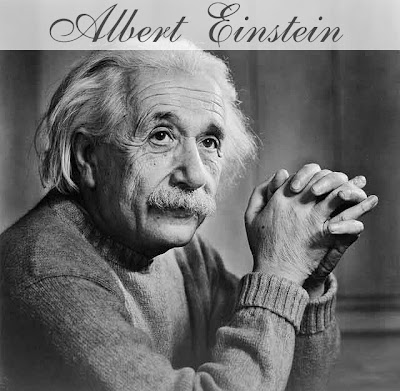 Marie Sklodowska Curie was a woman scientist who was born in Warsaw, Poland on November 7, 1867. He was born in a family of teachers. Her father is a physics teacher. Meanwhile, her mother was a school principal. Marie is the youngest of five children.
Marie Sklodowska Curie was a woman scientist who was born in Warsaw, Poland on November 7, 1867. He was born in a family of teachers. Her father is a physics teacher. Meanwhile, her mother was a school principal. Marie is the youngest of five children.
She is very intelligent and has a strong memory. Thus, at the age of 15 years, she graduated from High School with highest honors. However, he could not continue their education to university because in Poland at that time she studied at the University is prohibited. In addition, he also did not have enough money because his family is poor. Therefore, at the age of 17 years he became a tutor to earn money.
Then, after collecting enough money she moved to Paris and enrolled at the Sorbonne. There, his name was eventually changed to Marie and she met in 1894. A year later they were married and since then his name to Marie Sklodowska Curie.
Two years later, Marie's interest in the study of light was discovered by Henry Becquerel in 1896. Rays are similar to X-rays on uranium. After studying the ray finally in 1898 he discovered thorium, polonium, radium, and coined the term radioactivity. Then, in 1903 he along with Henry Becquerel and Pierre Curie received the Nobel chemistry prize for discovering polonium, radium, and isolating radium which later developed into the manufacture of nuclear materials.
Because of this discovery Marie became so famous in the world. However, because of his discovery he was also attacked by blood cancer. We investigate and separate the radium was too much exposed to radioactive rays. As a result, he suffered from blood cancer and died on July 4, 1934 in Savoy, France at the age of 67 years.
Even so, she still remembered as the first woman in the world to be a professor at the Sorbonne, physicists, chemists and scientists as well as the woman who was so instrumental in finding the manufacture of nuclear materials. In addition, he also was the first person in the world that managed to get the Nobel prize twice. The first Nobel Prize for Physics and the second for Chemistry.
A year after the death of one of Marie's daughter named Irene also received the Nobel chemistry prize with her husband, Frederic Joliot, because it managed to make a new element that is radioactive. Meanwhile, another daughter named Eve became famous for being the author of biographies of Marie.






